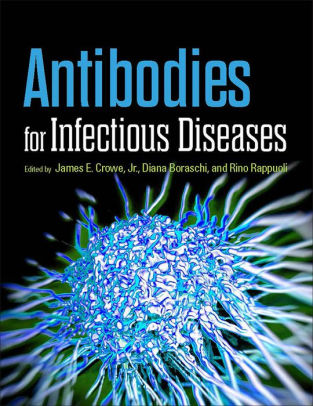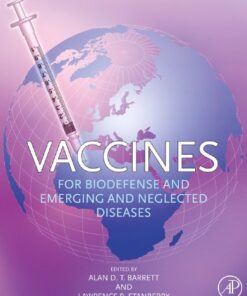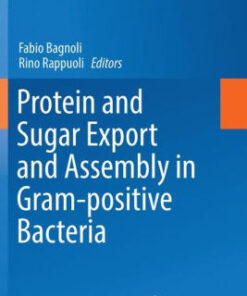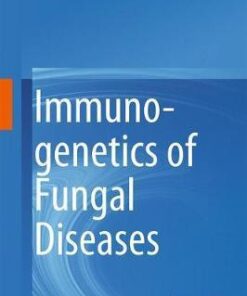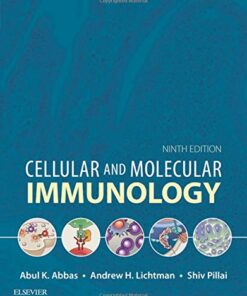(PDF) Antibodies for Infectious Diseases by James E. Crowe
$18.00
Download instantly Antibodies for Infectious Diseases by James E. Crowe, Diana Boraschi, Rino Rappuoli. It is ebook in PDF format.
ISBN-10: 1555817351 ISBN-13: 9781555817350
Preview
This is the PDF eBook version for Antibodies for Infectious Diseases by James E. Crowe, Diana Boraschi, Rino Rappuoli
Table of Contents
Contributors
Preface
Introduction
1 History and Practice: Antibodies in Infectious Diseases
General Features of Immunoglobulins
2 Functions of Antibodies
3 Antibody Structure
4 The Role of Complement in Antibody Therapy for Infectious Diseases
5 Immunoglobulin E and Allergy: Antibodies in Immune Inflammation and Treatment
Antibody Discovery Approaches
6 Phage and Yeast Display
7 Efficient Methods To Isolate Human Monoclonal Antibodies from Memory B Cells and Plasma Cells
8 Use of Human Hybridoma Technology To Isolate Human Monoclonal Antibodies
9 Humanized Mice for Studying Human Immune Responses and Generating Human Monoclonal Antibodies
10 Antibodies: Computer-Aided Prediction of Structure and Design of Function
Pathogen-Specific Antibodies
11 Antibodies Targeting the Envelope of HIV-1
12 Committing the Oldest Sins in the Newest Kind of Ways—Antibodies Targeting the Influenza Virus Type A Hemagglutinin Globular Head
13 Prevention of Respiratory Syncytial Virus Infection: From Vaccine to Antibody
14 Human Metapneumovirus
15 Dengue Antibody-Dependent Enhancement: Knowns and Unknowns
16 Immunotherapeutic Approaches To Prevent Cytomegalovirus-Mediated Disease
17 Rotavirus
18 Bacterial Toxins—Staphylococcal Enterotoxin B
Technical Advances
19 Antibody Engineering
20 High-Throughput DNA Sequencing Analysis of Antibody Repertoires
21 Antibody Informatics: IMGT, the International ImMunoGeneTics Information System Strains
22 Probing Antibody-Antigen Interactions
23 Radiolabeled Antibodies for Therapy of Infectious Diseases
Alternate Systems for Expression
24 Plant-Derived Monoclonal Antibodies for Prevention and Treatment of Infectious Disease
25 Vector-Mediated In Vivo Antibody Expression
Index
